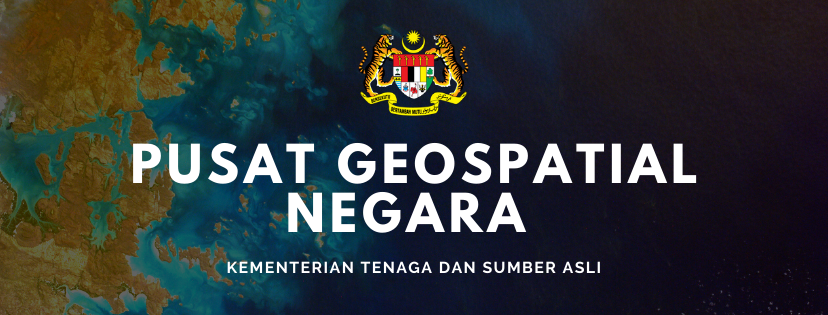Exploring the Quantum Frontier: Quantum Computing’s Transformative Potential in Geographic Information Systems (GIS)
By Shahabuddin Amerudin Introduction In the ever-evolving landscape of computing, quantum technology stands out as a promising frontier that has the potential to reshape how we approach complex problems. One domain where quantum computing shows exceptional promise is Geographic Information Systems (GIS). GIS encompasses an extensive array of applications, from mapping and spatial analysis to environmental modeling and urban planning. In this article, we delve into the profound implications of quantum computing on the GIS industry, exploring the transformative applications, existing challenges, and the future of this exciting intersection. The Quantum Advantage Central to the astonishing capabilities of quantum computing […]
